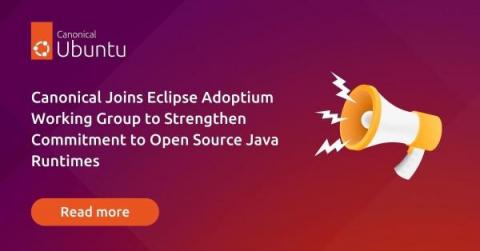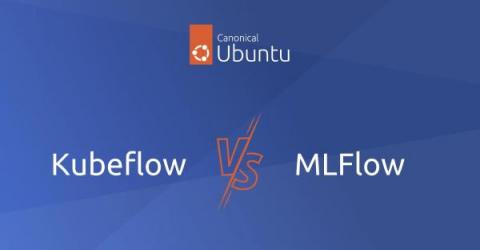Managing security vulnerabilities and compliance for U.S. Government with Ubuntu Pro
Complying with US government security standards such as FIPS, FedRAMP, and DISA-STIG is essential for federal agencies and any business that deploys systems and services for U.S. government use. However, maintaining a compliant IT ecosystem is a major undertaking, as each regulation brings a host of specialised requirements. And dealing with the never-ending stream of security vulnerabilities that require patching only adds to this task.











